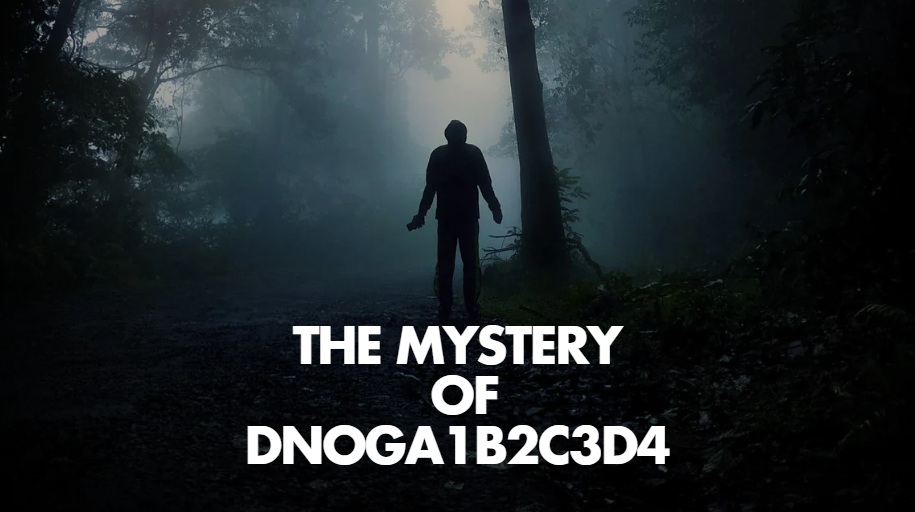If you’ve stumbled across the string dnoga1b2c3d4, whether in a database, URL, log file, or development environment, you’re probably wondering what it is and whether it’s important. While it may seem random, dnoga1b2c3d4 follows a familiar pattern used across tech systems for identifiers, tokens, or access credentials. And in today’s digital infrastructure, strings like this are far more meaningful than they look.
In this article, we’ll break down what dnoga1b2c3d4 could represent, where it might appear, and why it’s worth paying attention to.
What Is dnoga1b2c3d4?
At a glance, dnoga1b2c3d4 is a 12-character alphanumeric string. It’s likely a system-generated identifier—something assigned automatically by a platform to uniquely identify a record, session, user, or object. These types of strings are commonly found in:
-
Authentication systems
-
Web development environments
-
API keys and tokens
-
Backend database IDs
-
Error or log tracing systems
The format of dnoga1b2c3d4 suggests that it’s designed to be unique and difficult to guess, which makes it ideal for secure identification without exposing sensitive information.
Why Is dnoga1b2c3d4 Used?
Strings like dnoga1b2c3d4 serve specific functions in digital systems. Here are some of the most common reasons it might be generated or used:
1. Unique Identification
Most modern applications assign unique IDs to users, objects, orders, and more. dnoga1b2c3d4 could easily be a primary key or part of a URL that references a unique database entry.
2. Session Tracking
If you’ve logged into a website or used an app recently, you probably had a session token assigned to your visit. That token, potentially dnoga1b2c3d4, helps keep your session secure, personalized, and valid for a set period of time.
3. API Access Tokens
In systems where third-party services connect through APIs, a token like dnoga1b2c3d4 may be assigned as a temporary credential. This grants specific access rights and helps platforms control which actions are allowed.
4. Temporary Authorization Links
If you’ve received a password reset email, that link often includes a code like dnoga1b2c3d4—a one-time use key that verifies your identity before allowing access to sensitive actions.
Where Might You Encounter dnoga1b2c3d4?
You could run into dnoga1b2c3d4 in a number of technical environments:
-
Database logs or exports
-
URLs containing secure access parameters
-
Error messages referencing user or request IDs
-
Configuration files where token-like values are stored
-
System logs generated by automation tools or scripts
Knowing where you found dnoga1b2c3d4 can help determine what it’s tied to and whether it needs attention.
Is dnoga1b2c3d4 Safe to Share?
That depends entirely on its context. If dnoga1b2c3d4 is:
-
A public ID, such as a non-sensitive product code: generally fine
-
A token tied to authentication or access: treat it like a password
-
A debugging reference: likely safe, but still better to avoid public exposure
As a general rule, if you don’t know what dnoga1b2c3d4 is connected to, don’t share it. Protecting token-like strings is essential for security.
How to Handle dnoga1b2c3d4 in Your System
If you’re working with or managing systems where dnoga1b2c3d4 appears, here are a few best practices:
-
Audit its source: Find out where the string was created and what it references.
-
Mask in logs: If it’s sensitive, avoid exposing it in public logs or frontend code.
-
Trace its purpose: Understand how it’s used across different services or components.
-
Test with caution: If it’s part of an active system, avoid altering it without backups.
What If You Didn’t Create dnoga1b2c3d4?
If dnoga1b2c3d4 shows up unexpectedly, don’t panic. It could be:
-
A leftover from automated test data
-
A default token used during development
-
A real-time identifier linked to user activity
Start by checking timestamps, request logs, and system outputs to track down its origin. If it’s showing up frequently, it may be worth documenting.
Final Thoughts
On its own, dnoga1b2c3d4 is just a string—but within a system, it could carry meaning, permissions, or context that affects functionality or security. Whether it’s a session ID, an API token, or a log reference, it deserves careful handling.
So the next time you encounter dnoga1b2c3d4, don’t overlook it. Identify it, trace it, and understand its role. In today’s complex systems, small codes often play big roles.
